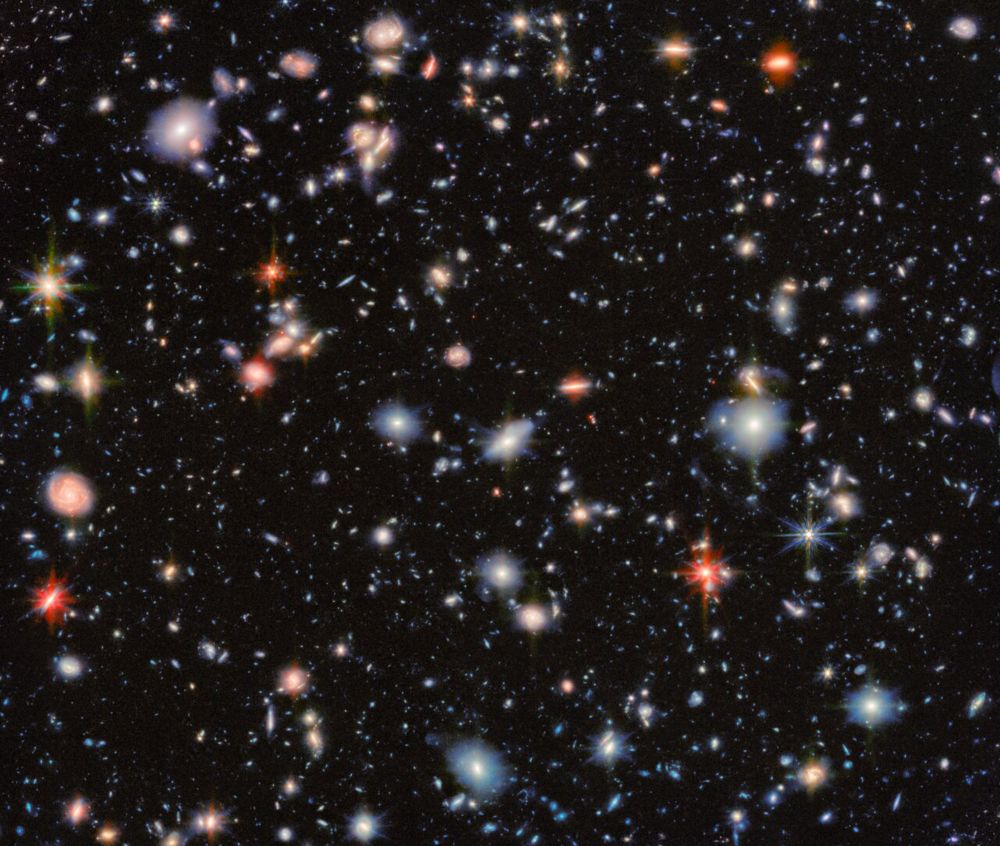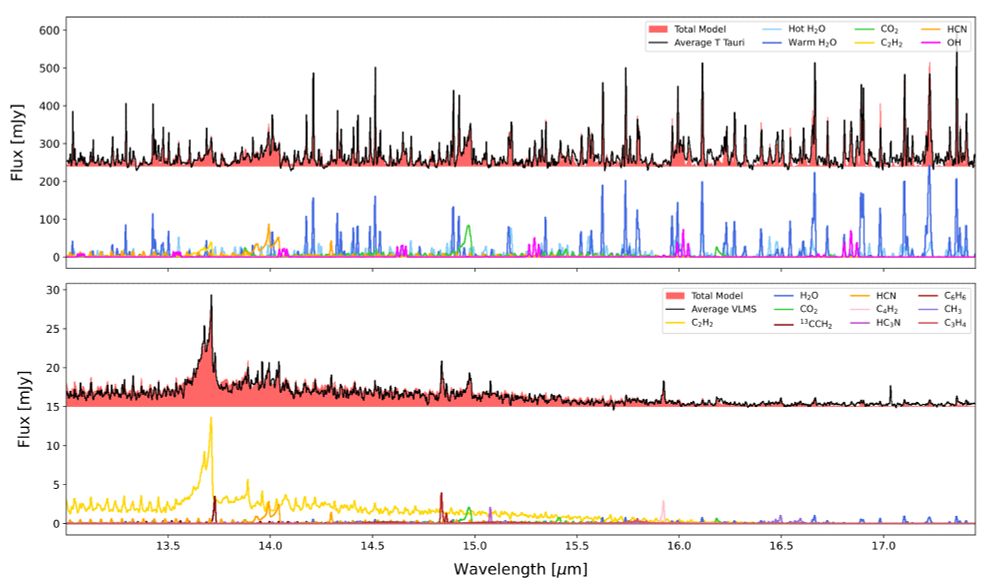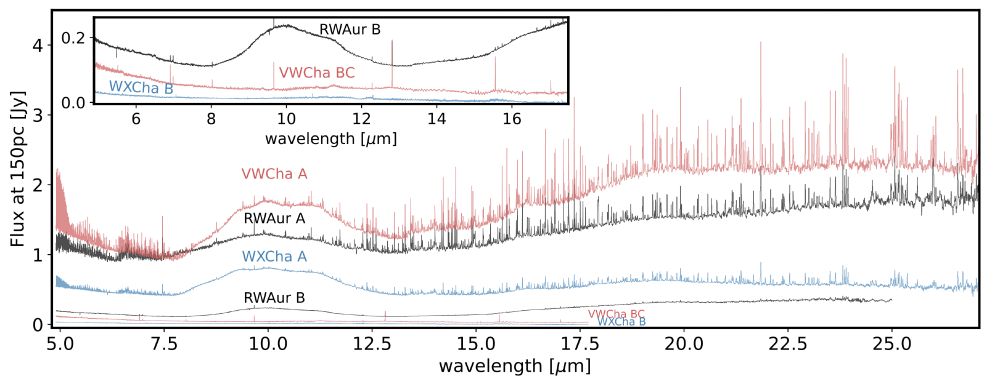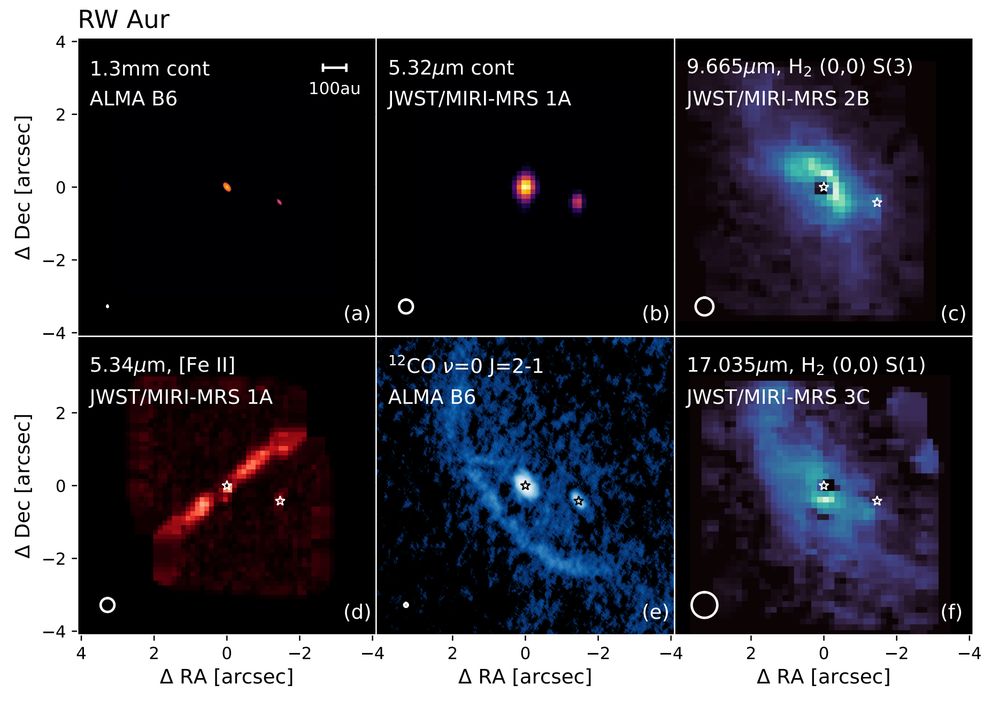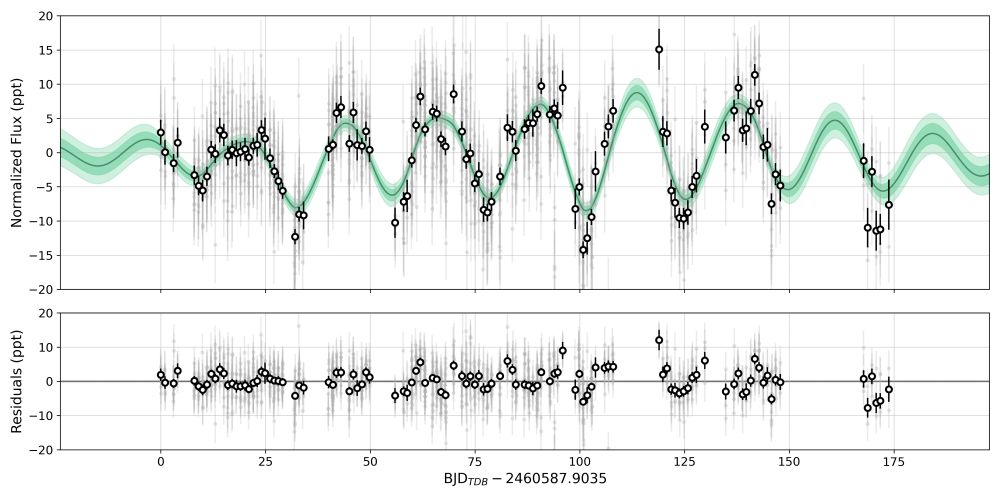Sierra Grant
@sierragrant.bsky.social
160 followers
120 following
29 posts
Carnegie Fellow at the Earth and Planets Laboratory. Protoplanetary + circumplanetary disks. Formerly at MPE, BU, and University of Michigan. She/her. #BiInSci 🏳️🌈✨🔭 Opinions are my own.
sierragrant.com
Posts
Media
Videos
Starter Packs
Reposted by Sierra Grant
Reposted by Sierra Grant
Reposted by Sierra Grant
Reposted by Sierra Grant
Reposted by Sierra Grant
Reposted by Sierra Grant
Reposted by Sierra Grant
Sierra Grant
@sierragrant.bsky.social
· Sep 4
Sierra Grant
@sierragrant.bsky.social
· Jul 9
Reposted by Sierra Grant
